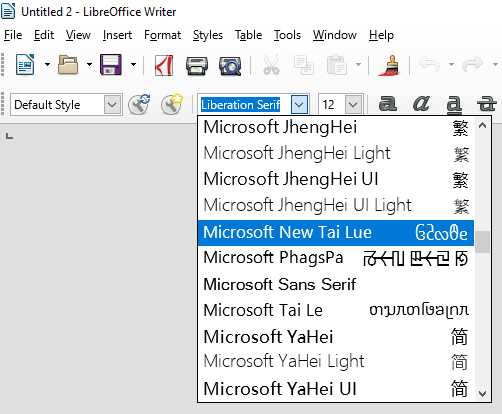

With a beautiful serif typeface and a clean, robust design, Times New Roman is an excellent choice for anyone seeking to design a simple, yet sophisticated business card. However, this classic font long predates the digital age it was originally commissioned by The Times in 1931.
#Best microsoft sans serif fonts 2017 professional
The 7 Best Fonts to Use on Your Business Card Times New Romanįor many years, Times New Roman was one of the most popular fonts in the professional sphere (largely due to its use as the standard free font on Microsoft Word). If your colleagues or prospective employers can’t read your card, they won’t be able to get in touch with you! This is why it is so important to choose the best font possible as soon as you begin your business card design process. Of course, your business card must walk a fine line between creativity and readability. Your business card should reflect your work persona it should feature a beautiful and creative design that shows readers the quality of your work. However, a truly great business card does much more than that. What Does a Business Card Need?Īt its most basic, a business card needs to do one simple thing: give the reader your name, your company name, and your contact information. They also work well on digital displays when you’re designing business cards an online app or using desktop publishing software. Different fonts such as Helvetica, Futura, and Arial easy-to-read in business card printing. Sans serif fonts are the best choices for business cards. Take a look, and you just might get inspired to create the perfect, professional business card for yourself! What are the Best Business Card Fonts? While graphic designers might want to use a unique and artistic font to reflect their individual styles, financial professionals might want a simpler, more direct typeface.īelow, we’ve listed some of the most popular font choices you will see on business cards today. Like this story? Like CNBC Make It on Facebook.What is the perfect font for business cards? The answer depends on the type of message you want to convey. "Because fonts are a foundational nuance factor in a resume," Hanold says, "you can leverage the right font to your benefit." Most importantly, be sure to choose a font you like for your resume, one that reflects your personality and style. docx, their word processor may alter your resume's design significantly.
#Best microsoft sans serif fonts 2017 pdf
He calls it "ultra legible" and a font that adds a "nice unique tone."Ī final tip: Make sure to submit your resume as a PDF file whenever possible, so that you're sure the hiring manager sees your resume exactly as you do, no matter what program their computer may use to open the document. Porchez, as mentioned, recommends Corbel as a more creative alternative to Calibri. "It has a bit of charisma and is a little more 'friendly' compared to some other serif typefaces." " a highly readable serif typeface - this is a modern version of the often overused Times New Roman," Wenlock says. "If you're going for the most classic and clean look, but don't want to risk looking the same as everyone else," Southerton says, "Verdana is your choice." "This typeface keeps your resume looking polished and professional, while still adding some personality," she says.

Wenlock calls it clean and modern in appearance. In addition to the top five, here are a few others that received nods from our panel:


 0 kommentar(er)
0 kommentar(er)
